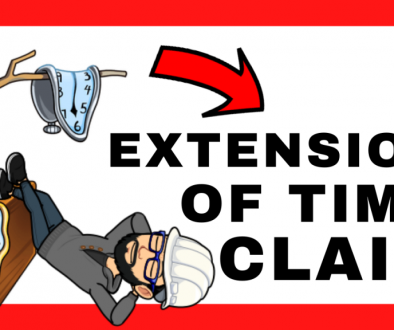Earned Value methods to evaluate work performance
The Earned Value is the easiest to equate with the physical progress of the project. Earned value is the value of the performed work at a certain time, based on the planned (budgeted) value for work. Various earned valued methods are used to determine the Earned Value of the project or a work package. These methods are based either on objective criteria or on subjective estimates. The significance of the Earned Value will be greatly determined by the used Earned Value Methods. If you want to go deeper into everything related to Earned Value Management, techniques and methods, we recommend that you get a copy of the book Earned Value Management, by Roland Wanner.
Earned Value Methods: objective estimates or subjective ones
The easiest way to determine work progress is to let your work package manager estimate it. He will then tell you that the work package is completed at 78%. Now, how does your work package manager obtain that number? Probably, he has subjectively estimated it. Such subjective estimates are very uncertain, especially at work packages with longer duration. As a project manager, we ourselves overestimate the work progress of work packages and underestimate the remaining work. Are you the same way? For this reason, objective methods for the determination of work performance are used in Earned Value Management. The reason also provides the following saying:
the same work under the same conditions will be estimated differently by ten different estimators or by one estimator at ten different times.
To evaluate the work progress of a work package, several Earned Value Methods can be used. They have a large impact on the significance of the Earned Value. Which Earned Value Method is used to determine the Earned Value, depends on the work package content, the type of work, the used resources, and especially the work package duration. Work packages, which are at the status date (data date on the scheduling tool Primavera P6) still in progress and are not completed in one single reporting period, demand special requirements. In this case, it is often useful to define specific milestones and interim results within the work package in order to facilitate the determination of work progress. This reduces the risk of wrong estimations in a subjective evaluation.
Choose one of the top Earned Value Methods to evaluate Work Performance
Earned Valued Methods are divided into three main groups, depending on the type of defined work:
- Earned Value Methods for Discrete Effort or Measurable Effort, such as:
- Percent Start / Percent Finish. Some examples of these EV Methods are 50/50, 25/75, 80/20 or 0/100.
- Percent-Complete Earned Value Method
- Weighted Milestones EV Method
- Weighted Milestones with Percent-Complete Earned Value Method
- Units Completed EV Method (Physical Measurement)
- Apportioned Effort Earned Value Method
- Level of Effort Earned Value Method (LOE)
IN PROJECT 2080 WE WOULD LIKE YOU TO REMEMBER
For a reliable determination of work performance of an entire project, a detailed project planning and a concurrent calculation is required. The higher the schedule risk, the more important the correct determination of the work performace. Widely used methods for this are the three rough Earned Value estimation methods 0/100, 20/80, and 50/50. With enough detailed project planning, it is not important which method you use to determine work performance. Crucial for the significance is the correct decomposition of project scope into controllable not long-lasting work packages. To find out more about earned value methods, earned value methodology, and earned value analysis, do not hesitate to buy the book Earned Value Management, by Roland Wanner.



